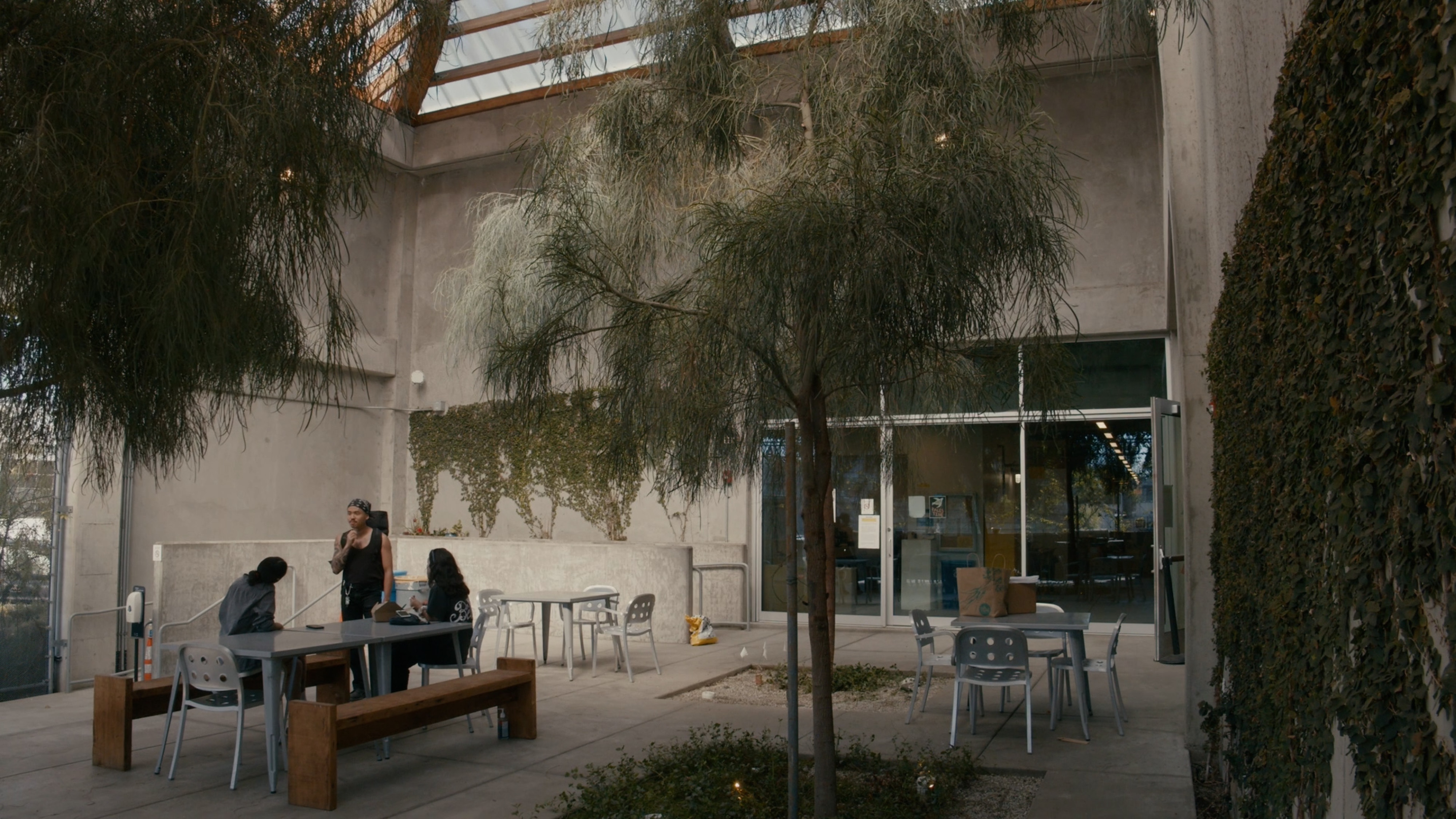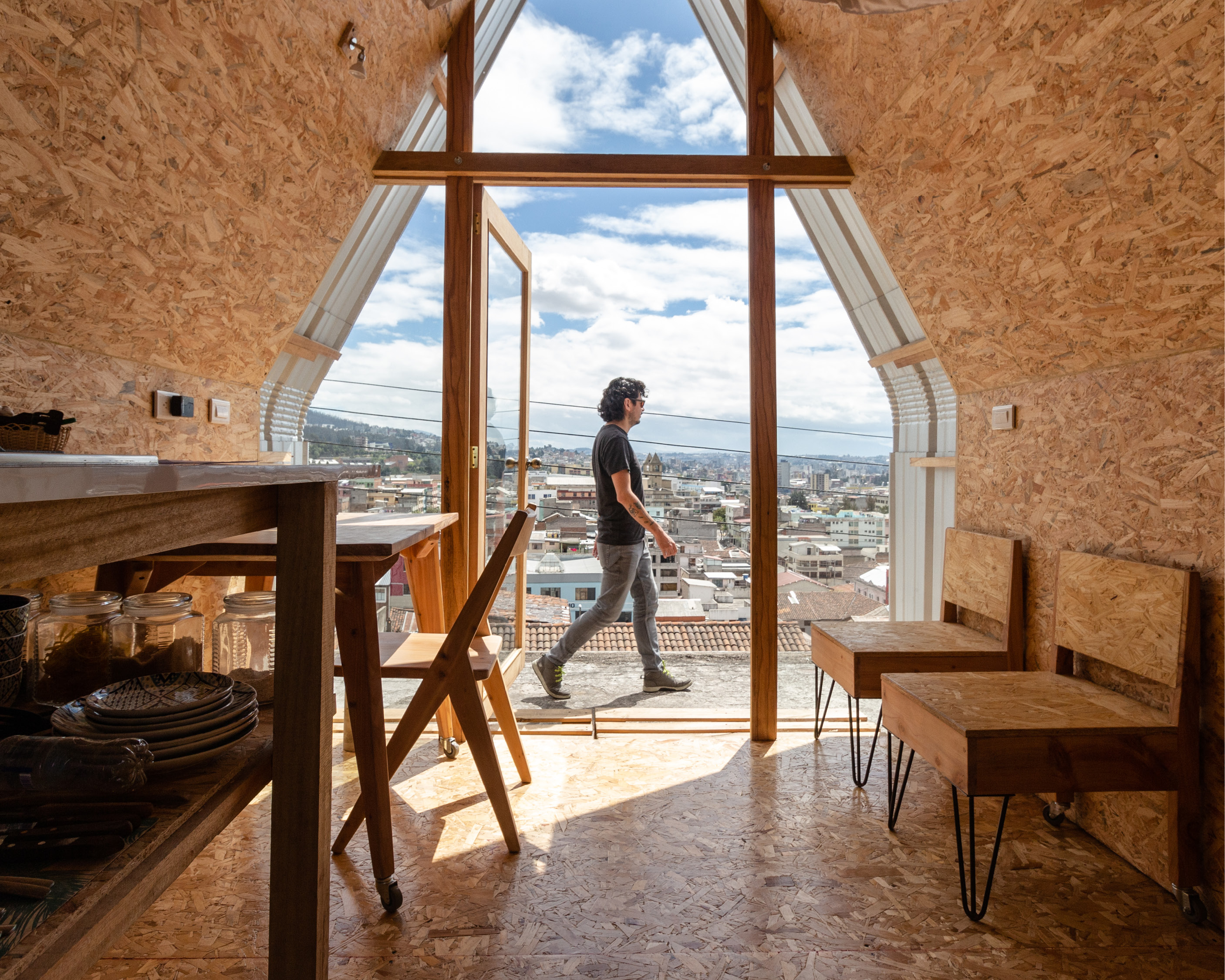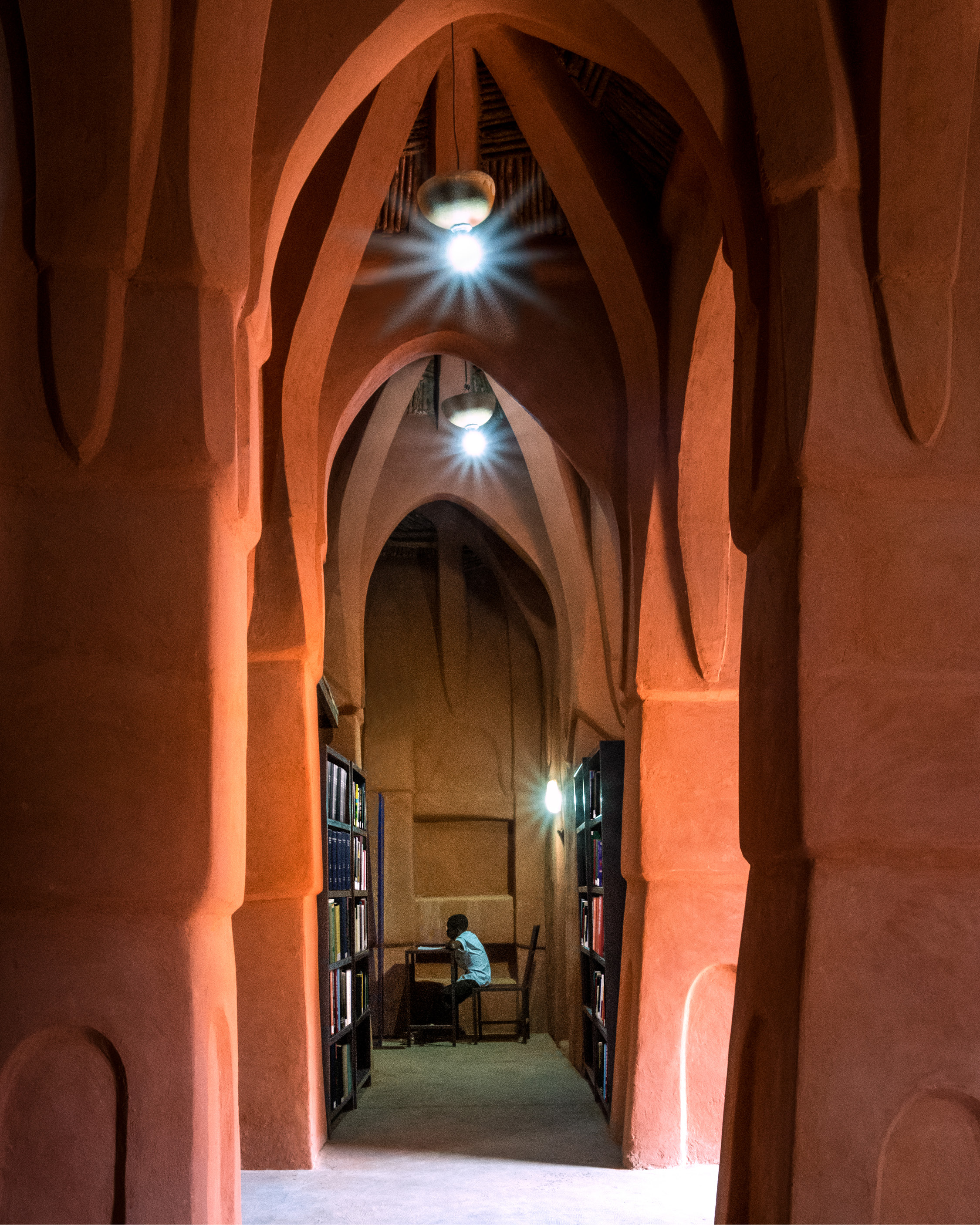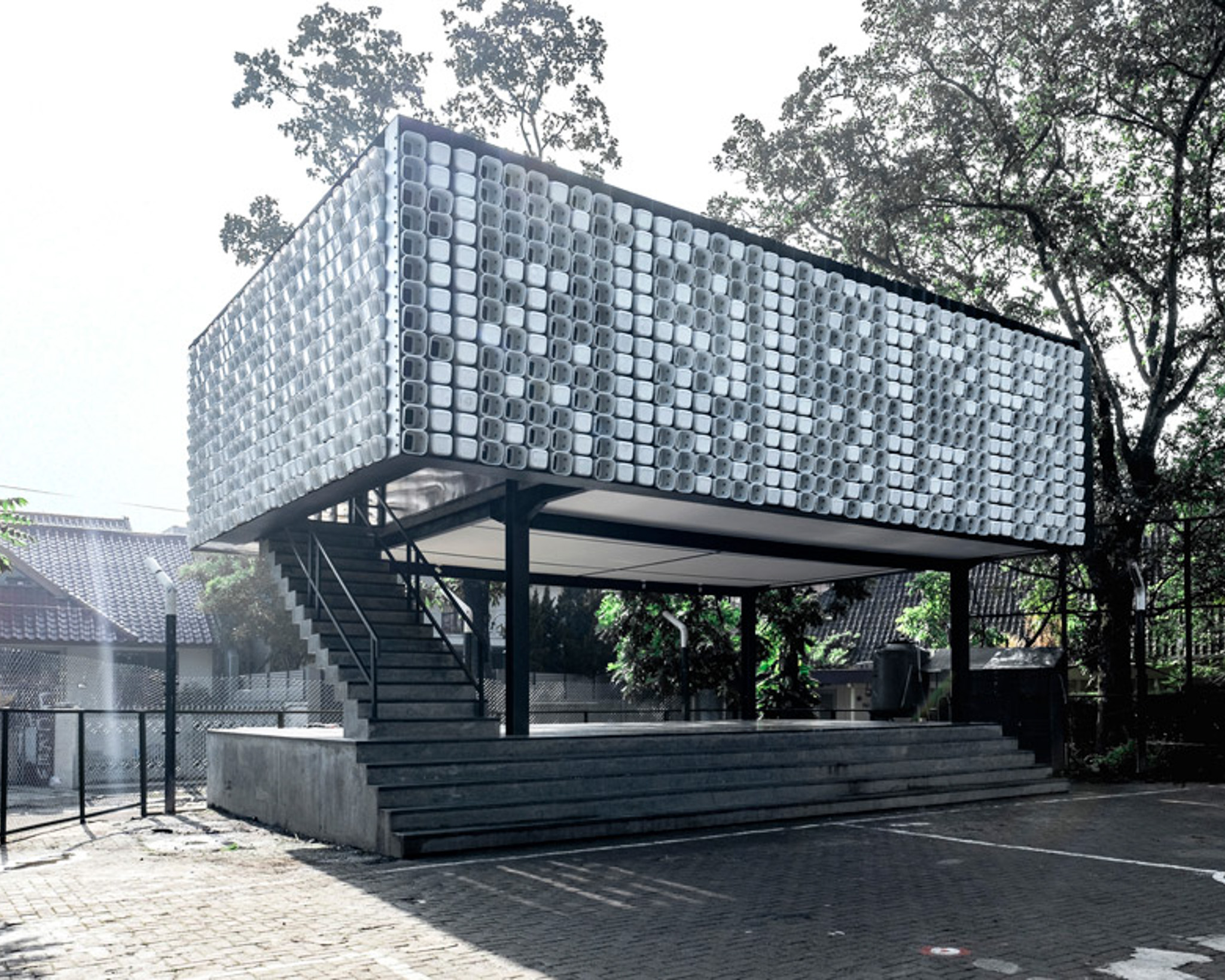
SHAU’s Microlibraries project won a Holcim Foundation Award in 2018, recognized for its innovative and sustainable contribution to literacy and community engagement in Indonesia. Launched in 2012, this project emerged from a need to offer accessible reading spaces in densely populated urban areas.
The goal was to create welcoming, small-scale libraries, bridging the gap between mobile libraries and larger city institutions. The first Microlibrary, constructed in Bandung, became the starting point for a network of similar spaces, each uniquely designed for its community.
The libraries are designed using passive climatic strategies, which allow them to remain comfortable in tropical environments without relying on air conditioning. SHAU’s approach focuses on sustainability through simple yet creative designs, such as the use of upcycled materials, including the now iconic façade made from ice cream buckets.
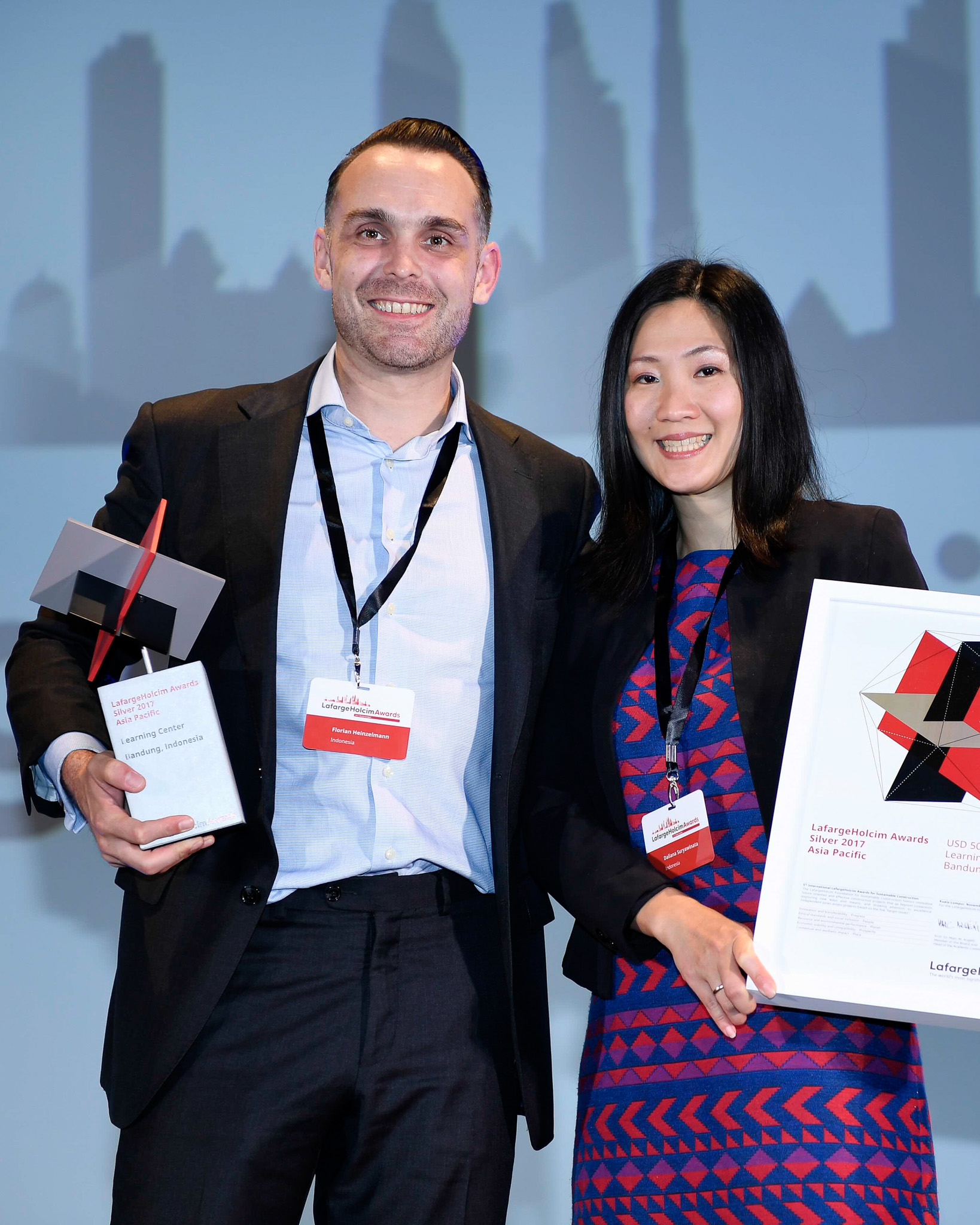
By integrating these libraries into the community fabric, SHAU aims to not only promote literacy but also offer public gathering spaces that foster social engagement. For their entry “Microlibrary Fibonacci” proposed to be built in Bandung, the Holcim Foundation Awards jury praised SHAU for the minimalist yet thoughtful use of resources, the building’s integration into urban life, and the firm’s focus on accessibility for all.
We sit down with Daliana Suryawinata (pictured, right) and Florian Heinzelmann (pictured left), co-founders of SHAU, to explore the evolution of the Microlibraries, their design philosophy, and how the Holcim Foundation Award has impacted their practice and the communities they serve.
Holcim Foundation (HF): Can you provide us with an introduction to the Microlibraries project?
Florian Heinzelmann (FH): The Microlibraries started as small, accessible reading facilities designed to serve local neighborhoods, differing from traditional city libraries. Over time, they have evolved to include not just books, but also play facilities and gathering spaces, especially suited for tropical climates.
Daliana Suryawinata (DS): The concept of the Microlibraries was to create a threshold that is easy for people to enter, unlike a larger, more intimidating city library. We wanted to create infrastructure that is not just a place for books, but an interesting place for the community to gather and interact.
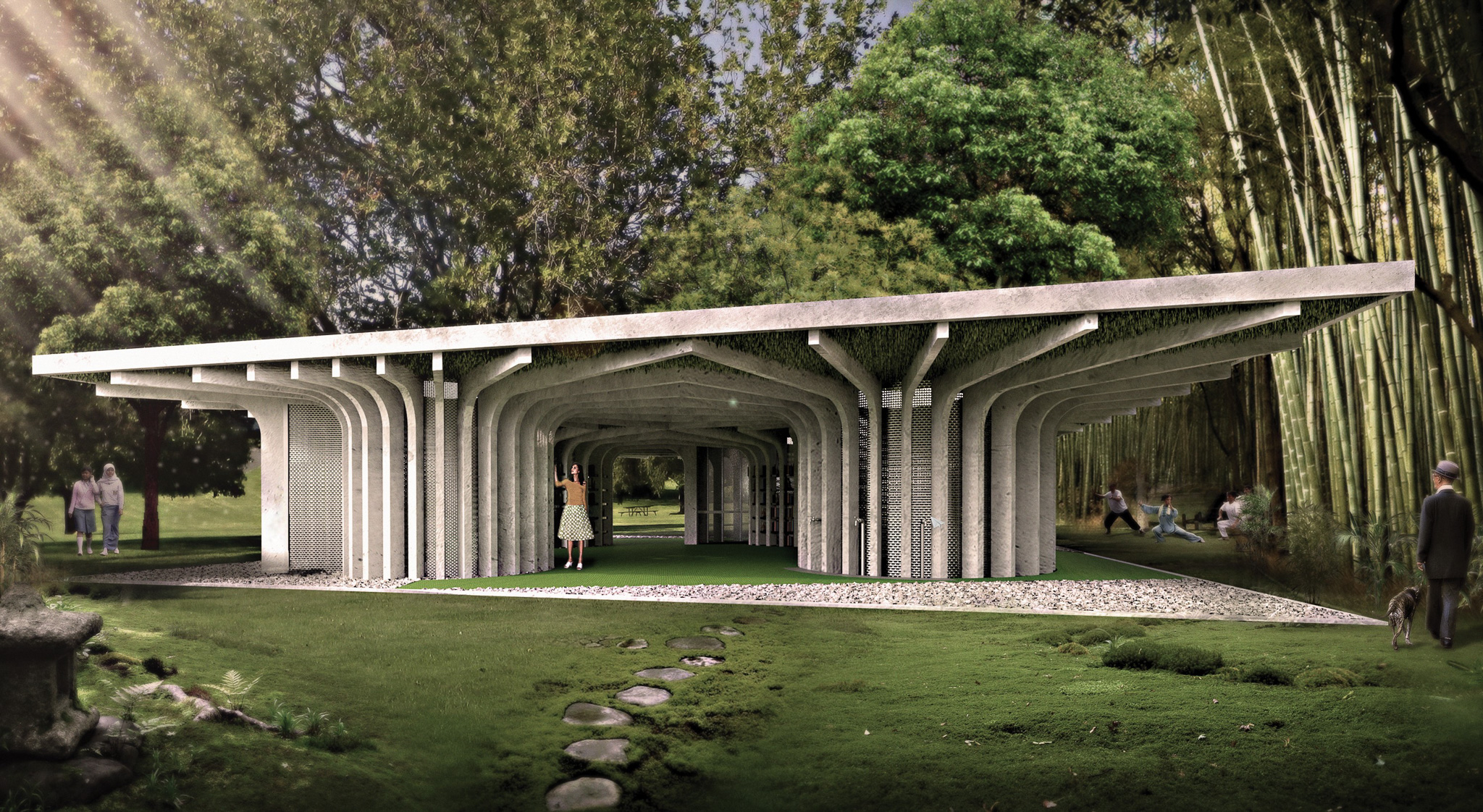
HF: Can you provide some context on the city of Bandung and the urban interventions happening there?
DS: The city of Bandung has seen a revitalization of public spaces and the addition of new public facilities, largely initiated by the former architect-turned-mayor, Ridwan Kamil. He assigned spaces under highways to be revitalized and used as public terraces and living rooms.
The Microlibraries project started as our own initiative, and it took some time before we could realize the first one on a site provided by the city of Bandung. Since then, we have continued to build a series of Microlibraries, with great support from the city of Bandung and other stakeholders in different cities.
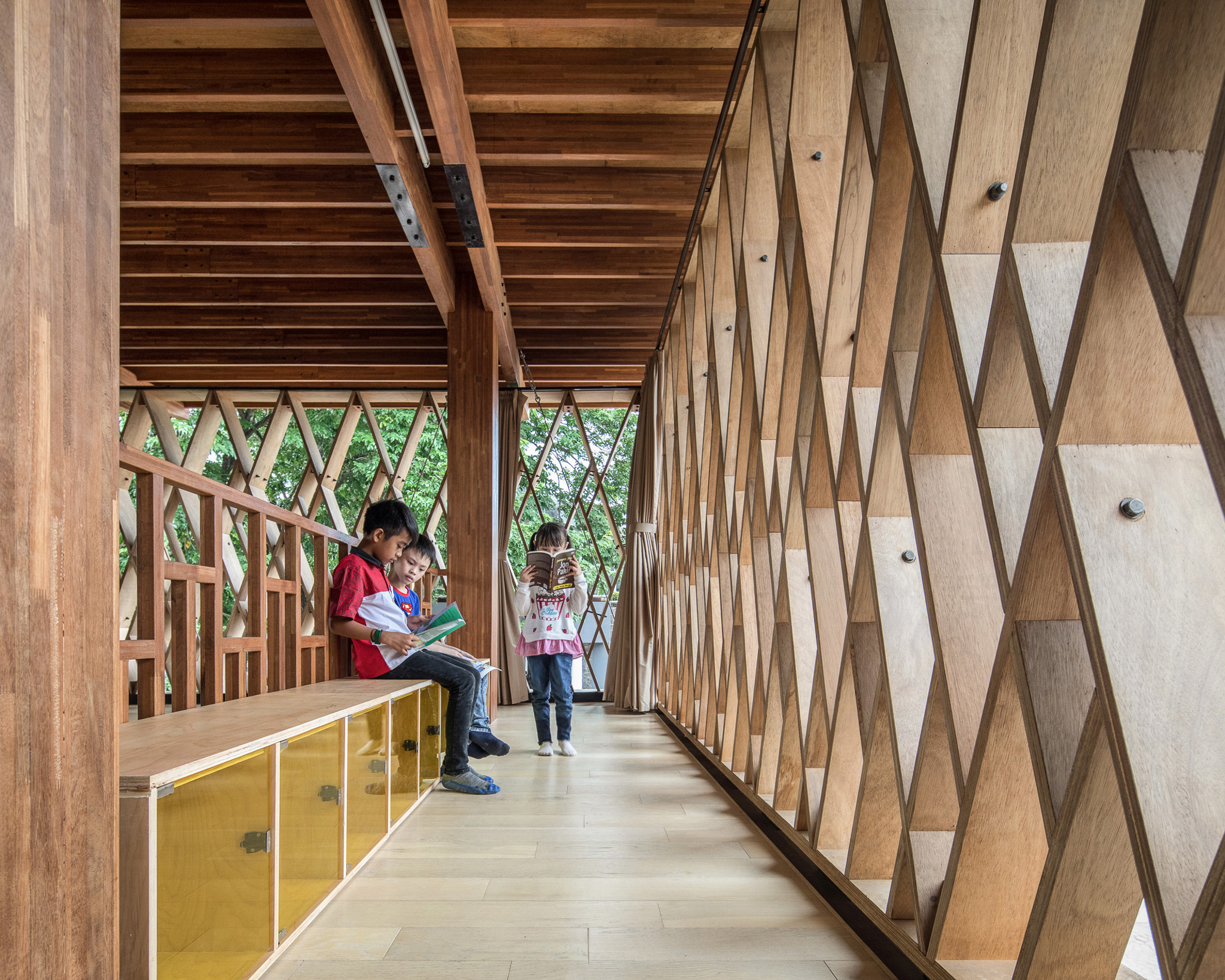
HF: How have the Microlibraries impacted the communities they’ve been built in?
DS: So far, we have built eight Microlibraries, each with a unique context and community. Some have become neighborhood icons, frequented by kids, teenagers, and locals for a variety of activities beyond just reading. They have transformed into community facilities, hosting semi-open air clinics, reading groups, arts and crafts, and more.
It's an ongoing process, and we continue to work on engaging different people, communities, and funding sources to make the Microlibraries a success in each location.
HF: Can you explain the concept of “social climatic spaces” and how it relates to the sustainability of the Microlibraries project?
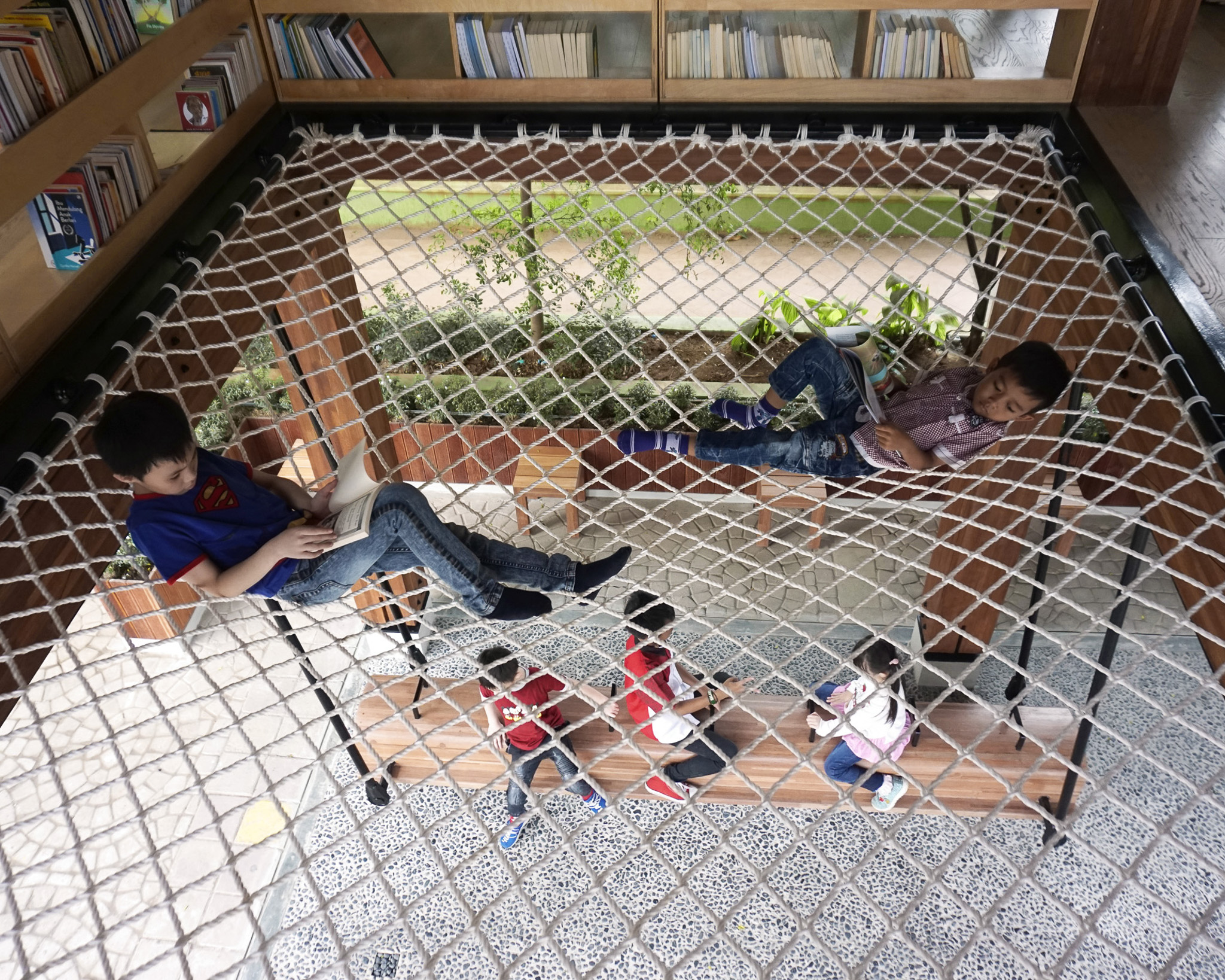
FH: We’ve come to refer to our approach as “social climatic spaces”, emphasizing the reciprocal relationship between climate and human interaction. In developing countries like Indonesia, as the middle class grows, there is an increasing need for comfort and climate control, which often leads to higher energy consumption.
Our goal with the Microlibraries is to create comfortable spaces without the need for air conditioning. We use passive design elements like shading, cross-ventilation, and strategic orientation to make the spaces comfortable in the tropical climate. This not only reduces energy consumption but also promotes human interaction and community gathering.
We also use the Microlibraries as laboratories for material experimentation, exploring the use of recycled materials, FSC-certified wood, and lightweight concrete to further enhance the sustainability of the project.
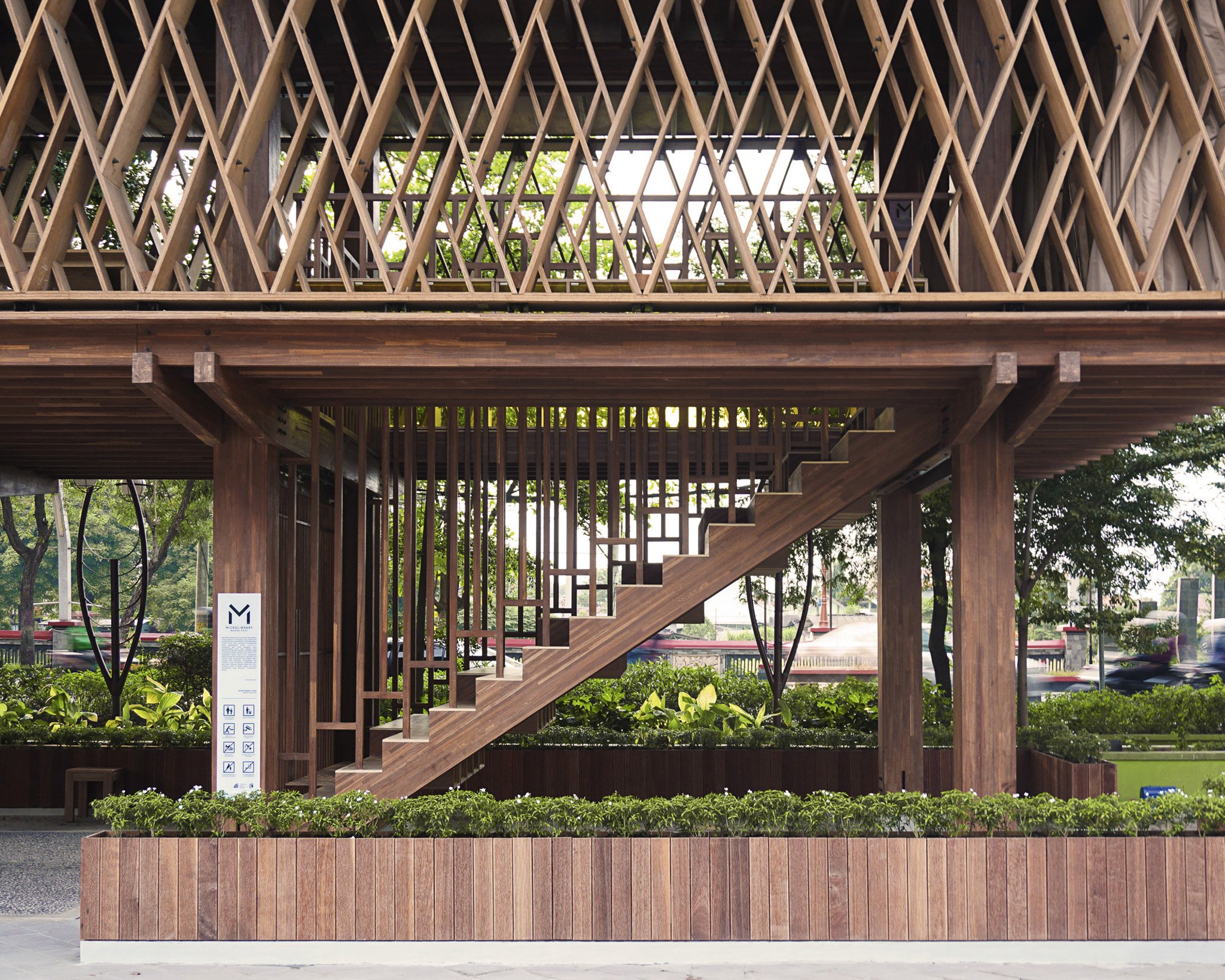
HF: What was the original vision and inspiration behind the Microlibraries project?
DS: The idea for the Microlibraries came from our desire to increase reading interest in Indonesia, which has historically been quite low. We wanted to create infrastructure that is not only a reading facility but also an inviting and interesting place for people to gather.
The concept of the “Micro” part was intentional, as we found that smaller-scale, more accessible facilities were more practical for sponsorship and collaboration with private and public sectors. Our vision is to create as many of these Microlibraries as possible, embedding them within neighborhoods and transforming them one by one.
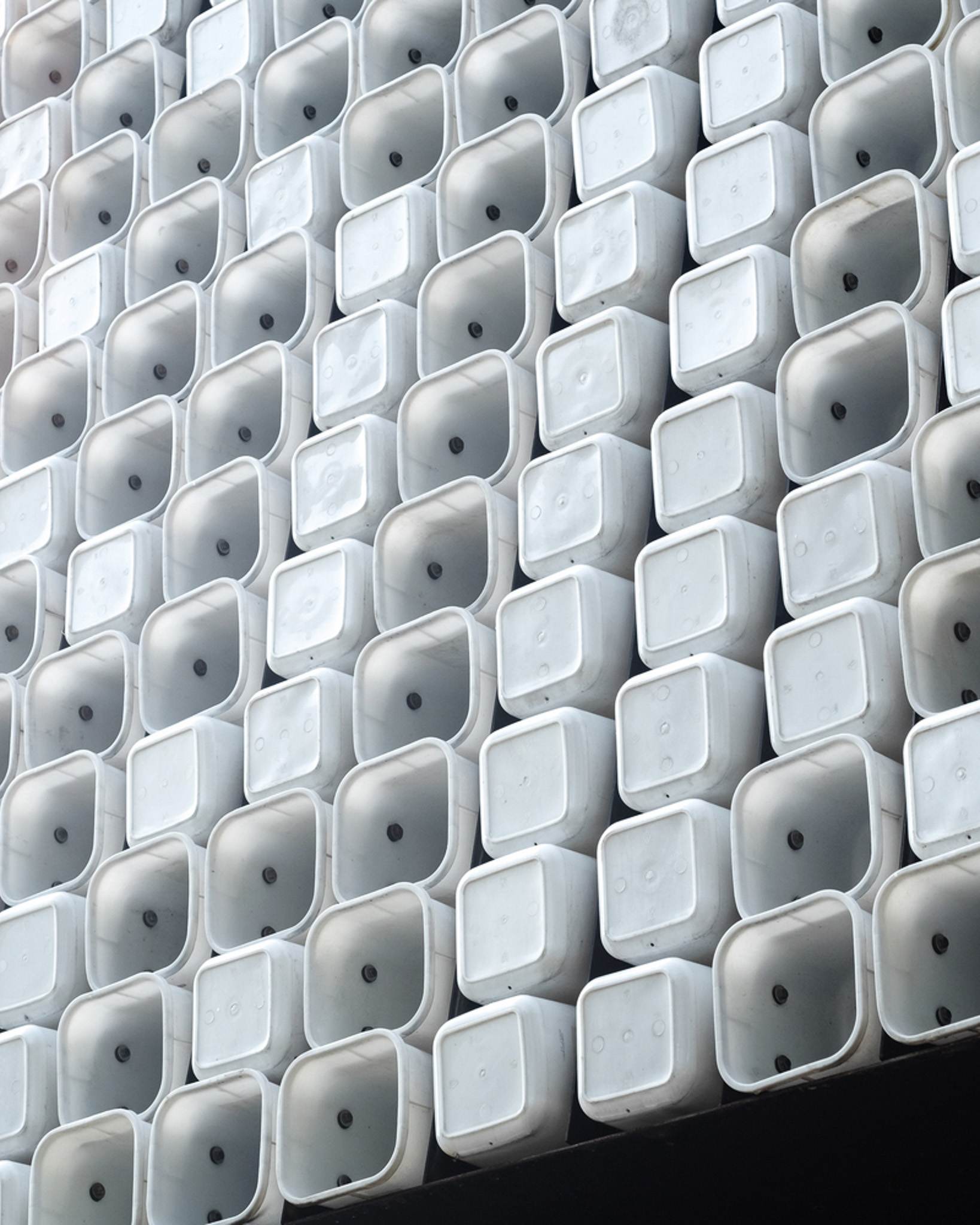
HF: How do you see the Microlibraries concept being transferable to other parts of the world?
FH: The Microlibraries concept draws inspiration from similar initiatives we’ve seen in the Global North, such as small neighborhood libraries. However, we’ve adapted the concept to the local climate and culture, making the spaces as open as possible while still maintaining comfort.
This approach could be implemented in other parts of the world, with adjustments for different climates and energy needs. The core principles of creating comfortable, community-oriented spaces with minimal energy consumption can be applied globally, with local adaptations.
HF: What was your experience with the Holcim Foundation and the Holcim Foundation Awards?
DS: We had heard about the Holcim Foundation Awards for many years and were always interested in entering when we had a suitable project. When we submitted the Microlibraries project in 2017, we were surprised and delighted to win.
The award opened up a valuable network of sustainability experts and professionals who think similarly to us. This was particularly important, as it can be challenging to find like-minded individuals within our own local network.
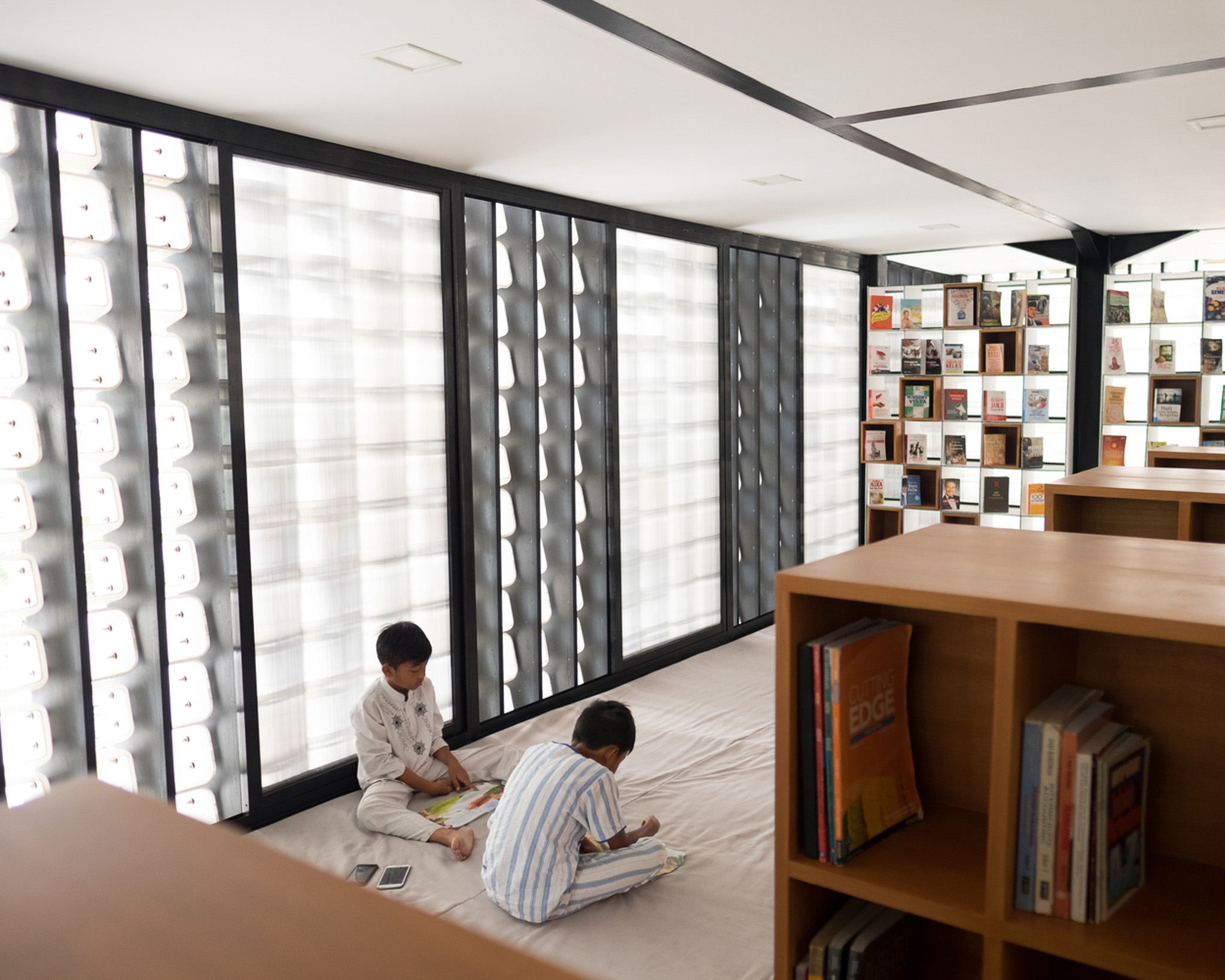

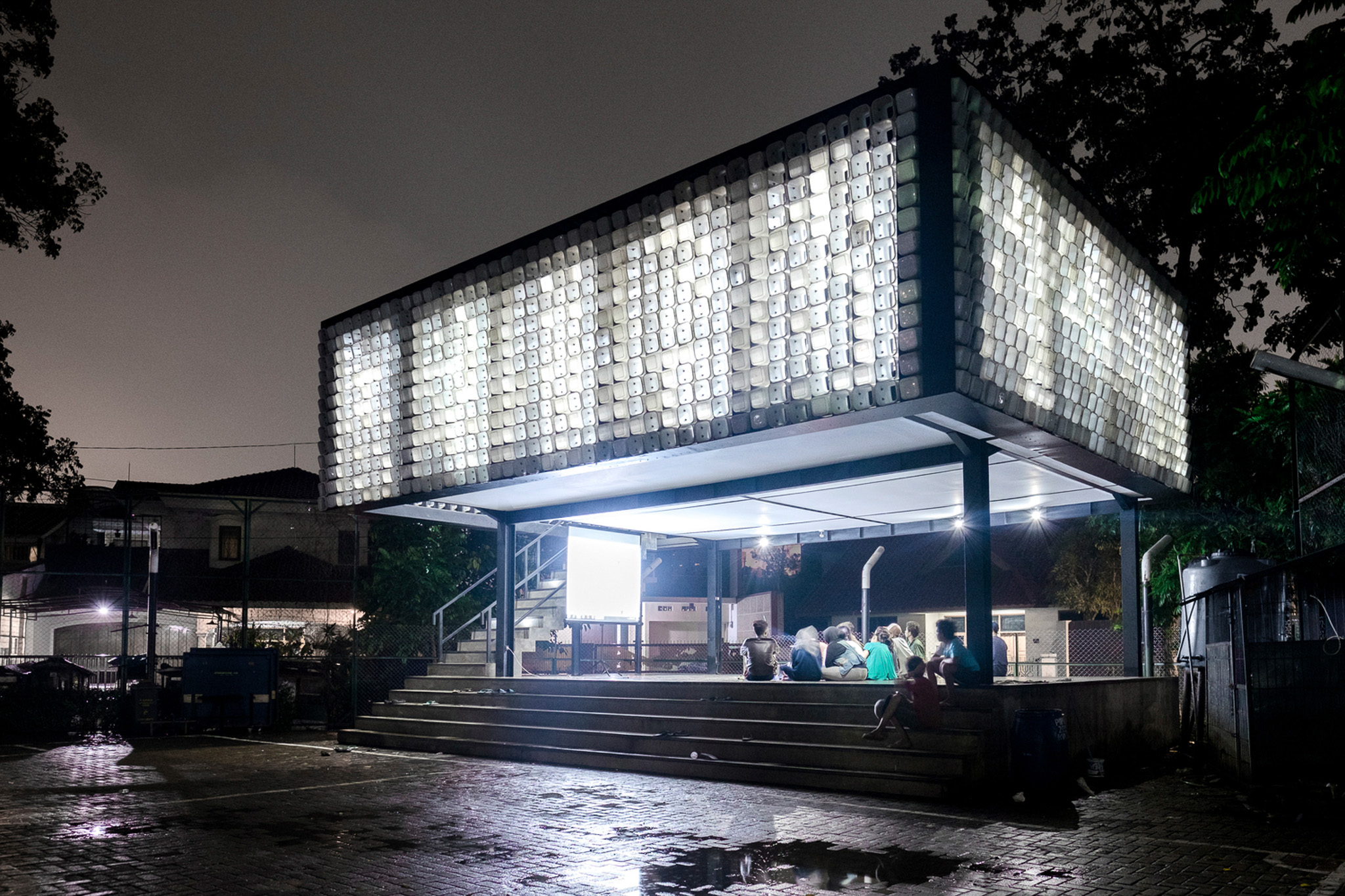
Beyond the networking opportunities, the Holcim Foundation Award also provided a sense of legitimacy and recognition for our work. As a relatively young architecture practice in Indonesia, at the time, winning the award helped enhance our team’s credibility and reputation.
FH: The prize money from the Holcim Foundation Award also came at a crucial time for our business. The Microlibraries project is not our most profitable work, so the award funding was instrumental in helping us pay salaries and keep our practice afloat during some challenging periods.
Overall, the Holcim Foundation Awards have been an invaluable platform for us to showcase our sustainable design approach and connect with a global community of practitioners who share our vision. The award has played a significant role in supporting and validating the work we do.
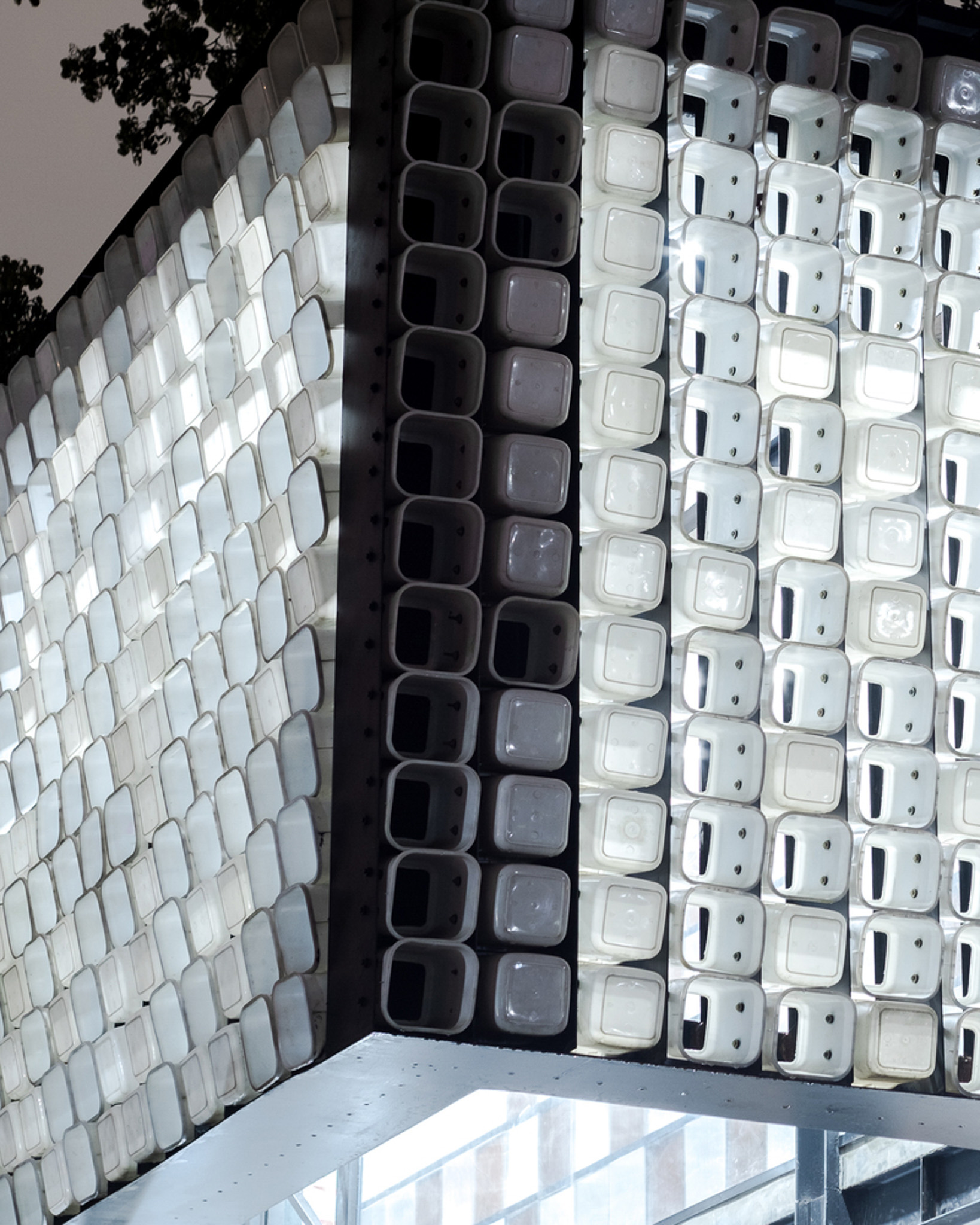
HF: Why do you think the Holcim Foundation Awards are valuable for young and established architecture firms?
DS: The Holcim Foundation Awards are valuable for both young and established practices for a few key reasons. Firstly, the lack of entry fees makes it accessible, unlike many other awards that require significant investment just to participate.
Secondly, the caliber of the jury, composed of renowned sustainability experts and architects, lends a lot of credibility to the award. Winning or even being recognized by the Holcim Foundation Awards can be a significant boost to one's professional reputation.
Finally, the Award’s focus on sustainability helps motivate practitioners to shape their projects with those principles in mind. It encourages a shift in thinking towards more sustainable design.
Read more about the project on the Holcim Foundation website.

